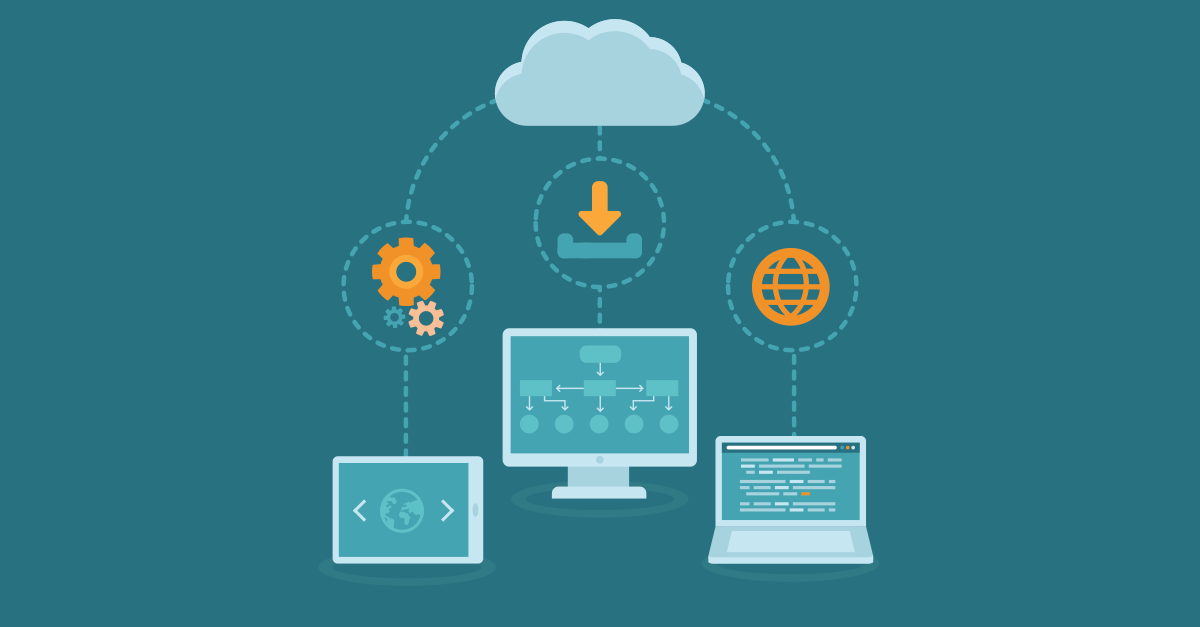Even the best sales reps may not be able to fully articulate the power and impact of a great software-as-a-service (SaaS) product. They can explain the value proposition, walk through the key features and position it against the competition, but that’s not always enough. As with so much else in life, seeing is believing, which is why conducting merely a “good” demo may not be good enough.
Given protracted buying cycles, the difficulty of wrangling schedules to get all the right people on the customer’s side in a room and all the business issues that may be distracting them from paying attention, a SaaS demo has to be more than good. It has to be great -- so educational, informative and inspiring that closing the deal becomes almost a formality.
There’s no standard definition of what makes a great SaaS demo, exactly, but most of us would probably be able to describe those that aren’t great. There are the SaaS demos that seem to take forever to get through; the SaaS demos where even the rep seems a bit unclear on some of the technical details; and the SaaS demos where the application just doesn’t work on command.
Maybe a good way to move towards a truly great SaaS demo is to go beyond thinking of it as a sales tactic. For the best SaaS companies, a demo is part of the customer experience they’re trying to create, offering the earliest possible glimpse of what’s being promised and the problems a company might be able to solve. If you’re able to create the right impression at that stage, everything that follows will only serve to reinforce it.
The notion of taking a SaaS demo “from good to great” doesn’t have to be daunting. Just follow some best practices and keep practicing until you’re ready to face the customer. We’ll call them the three Ps: Preview, Practice and Personalize.
Preview Demos With A Hands-On Experience
Although a demo will give customers one of the deepest dives possible during the sales process, it doesn’t have to be the first time they’ve laid eyes on the product, or even taken it for a test-drive of sorts.
In fact, offering a limited trial version of a SaaS tool, or even a freemium version with limited functionality may leave customers better prepared with questions for when a formal demo takes place. They’ll have begun to learn, for example, what the onboarding process might look like if and when they make a purchase, and how the product might be woven into the day-to-day tasks or duties they or their coworkers perform.
Letting prospects get their feet wet with a product can also make the demo more interactive, because they may come to the meeting with more pointed questions based on that initial experience. These questions might be about the workings of the application, or they could be more strategic and tactical questions about how the product should be deployed to align with the needs of a given industry or business problem.
Predict Worst-Case Scenarios With A Sales Team Dress Rehearsal
There’s a reason theatre troupes don’t just go from reading their lines from a script to performing in front of a live audience. Even experienced actors, directors and producers won’t always know how a particular costume might tear in the midst of a scene, or how prone a stage light is to suddenly blinking off and on. Instead, those things get picked up in the dress rehearsal -- and a great SaaS demo will often bring together other members of the sales team to stage one.
Rather than have a rep simply go through the motions of a demo while everyone else watches in silence, try assigning characters to other members of the team. Let one person be the member of the buying committee who asks the irrelevant questions, for instance, while another can be the person who seems so distracted and impatient they keep trying to hurry the whole thing along. Give the rep a chance to practice how to handle these interpersonal situations with grace and diplomacy.
Also walk through what might go wrong, like the product suddenly freezing in the middle of the demo. Discuss your backup plan, whether it’s a “canned” version of a demo recorded as a video, perhaps, or a printed handout that offers an overview of the product as a series of illustrated steps.
Once the demo has taken place with the actual prospect, have the rep share details about what happened, and what learnings could be applied to the next demo.
Personalize And Contextualize The Demo With Data
A good demo will be polished, but some prospects may wonder if they’re seeing the same old song and dance that has been shown to countless other firms. A great demo, on the other hand, will look, sound and feel as though it was developed almost from scratch for that particular meeting.
When you work with a CRM like Sales Cloud, for example, sales reps can learn more about the specific requirements of a prospect that can be applied as custom add-ons to the demo. What the rep shows on a screen may not change, but their speaking notes will. The demo could touch on how a SaaS product can help an organization comply with a certain set of industry regulations, for instance, or how it can ensure the prospect’s overall business objectives for the year are achieved successfully. It’s a way of not only demoing the product, but the rep’s sales expertise.
In the end, the prospect may not convert into a customer strictly based on what they saw in the demo, but if you put the work in to make it great, they may suspect you’ll do the same to keep them loyal long after the sale has been closed.



